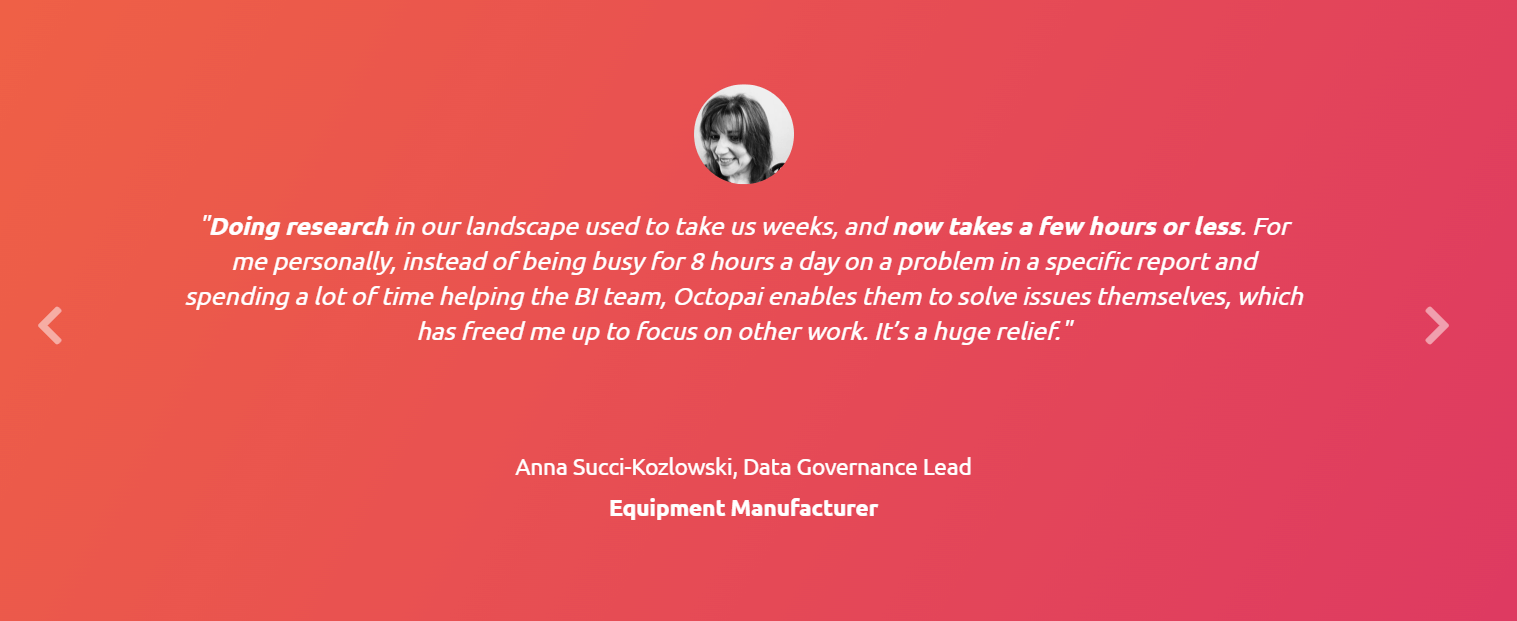What makes a presentation persuasive?
Let's dive straight into the heart of what makes a presentation truly persuasive. Each element plays a crucial role in ensuring your message not only reaches your audience but deeply resonates with them.
11 weopons of of persuasive presentations:
1) Credibility
People need to believe you in order to agree with you. Just as you'd trust a friend's recommendation, your audience needs to trust what you're sharing.
It's about authenticity and integrity and ensuring they feel you're genuine and have their best interests at heart.
2) Authority
People respect authority figures. Flaunt your credentials subtly. If you're an expert, let it show - use slides that highlight your expertise and experience in the field.
3) Social proof
People follow the crowd. Include in your presentation testimonials, user statistics, and stories of people like your audience who took you on your offer and experienced success. If everyone's using your product, it must be good, right?
4) Familiarity
If you or your topic are familiar then you’re intuitively less threatening and therefore acceptable. It's that warm feeling that makes you feel at home and among friends.
When your audience sees their own experiences and challenges reflected in your content, it creates an instant bond. It's like recognizing a familiar face in a crowd.
Incorporate names, places, and topics familiar to your audience into your presentation to get into their inner circle.
5) Liking
We say 'yes' to people we like. Be likable. Smile, make jokes, and show enthusiasm. If they like you, they'll like what you're selling. Use humor and storytelling to make yourself more relatable.
When making a reading presentation, include a personal video of you in a casual environment talking directly to your audience as you would a colleague you like and feel comfortable with.
To make people like you want to align your presentation with the 7-38-55 rule which guides you on what contributes to likability.
According to the rule:
“Total Liking = 7% Verbal Liking + 38% Vocal Liking + 55% Facial Liking”
So make sure to write what you feel and feel what you say. Or otherwise learn acting.
6) Reciprocity
People feel obliged to return favors. To use this to your advantage start a physical presentation with a small handout. To make it easy, add elements like QR codes (you can use a free QR code generator) to give your audience a digital handout.
If you’re creating a digital reading presentation you can offer a coupon with a small taste of what you offer (like a short consultancy, a free audit, studio design time, or a small taste of your product).
Do this and they'll feel like you've given them something, and they'll pay closer attention and be more inclined to 'return the favor.'
7) Relevance
People listen intently when you’re talking about them. Ever heard someone talk about a topic you were concerned about, and your ears perked up? It got your attention like a 3-year-old seeing a chocolate cake, didn’t it?
Tailor your message to your audience's current needs or challenges to ensure they feel you're speaking directly to them.
8) Memorability
People make decisions based on what they remember. You will only ever persuade people of something they remember you said.
To make your presentation memorable give it substance - show what you offer in images or videos, provide concrete examples of your key concepts in action, and tell detailed stories about you, your team, your solution, and the audience you serve.
9) Consistency
Once people commit, they like to stay consistent. Get your audience to agree with you early on.
Maybe ask them to raise their hand if they've ever experienced a problem that you solve. Maybe tell them a story of someone in their situation and ask if it resonates with them.
In reading presentations, use rhetorical questions or interactive slides to get early commitments.
10) Scarcity
Limited availability increases appeal. Create a sense of urgency. Maybe offer a limited number of seats in an event.
Maybe offer a discount for the first 100 subscribers. Maybe tell them they can schedule a meeting with you for 2 weeks before you leave for another destination.
For a reading presentation use a countdown timer or "limited seats available" to create this sense of urgency.
11) Feasibility
The harder a thing is to do the less likely people will do it. Whatever you decide to ask from your audience, keep it simple to do.
Ask for small concessions rather than big commitments. You only need them to take the first step, and then you’ve got a relationship going, which positions you to ask for the next step, and the next after that, till you reach your goal.













